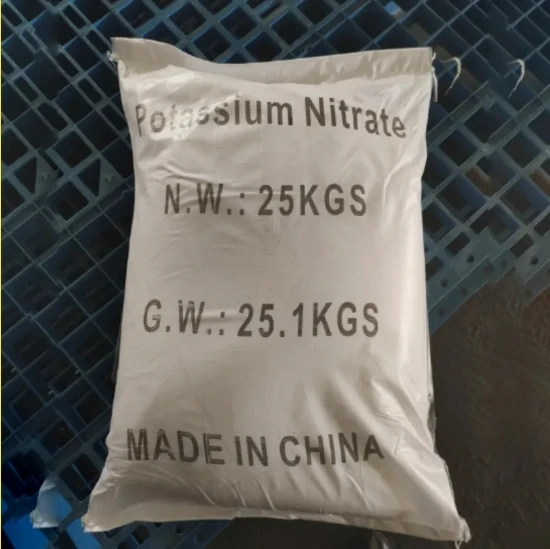
Understanding the Role of Soy Lecithin as an Effective Emulsifier in Food Products
Understanding Soy Lecithin Emulsifier Benefits and Applications
Soy lecithin is a naturally occurring phospholipid derived from soybeans. It plays a crucial role as an emulsifier, a substance that helps to mix two immiscible liquids, such as oil and water. Since its discovery, soy lecithin has been used extensively in various industries, including food, pharmaceuticals, and cosmetics. This article explores the properties, benefits, and applications of soy lecithin emulsifier.
Properties of Soy Lecithin
Soy lecithin consists of a mixture of phospholipids, triglycerides, free fatty acids, and other compounds. The key components are phosphatidylcholine, phosphatidylethanolamine, and phosphatidylinositol. These phospholipids possess hydrophilic (water-attracting) and hydrophobic (water-repelling) properties, allowing them to function effectively as emulsifiers. When added to a mixture of oil and water, soy lecithin reduces the surface tension between the two liquids, stabilizing the emulsion and preventing separation.
Benefits of Soy Lecithin Emulsifier
1. Health Benefits Soy lecithin is rich in essential fatty acids, particularly omega-3 and omega-6, which are crucial for overall health. Additionally, it contains phosphatidylcholine, which is vital for cell membrane integrity and function. Some studies suggest that soy lecithin may support cardiovascular health and cognitive function.
2. Natural and Non-Toxic As a plant-based emulsifier, soy lecithin is considered a natural and environmentally friendly alternative to synthetic emulsifiers. It is non-toxic and generally recognized as safe (GRAS) by the U.S. Food and Drug Administration (FDA).
3. Versatility Soy lecithin can be used in various formulations, making it a versatile emulsifying agent. It is suitable for multiple industries, including food and beverage, dietary supplements, baked goods, dairy products, and sauces. Its ability to enhance texture and stability can improve the overall quality of the final product.
soy lecithin emulsifier

4. Cost-Effectiveness Compared to other emulsifiers, soy lecithin is relatively inexpensive. Its high efficiency at low usage levels makes it a cost-effective choice for manufacturers looking to enhance product formulations without significantly increasing production costs.
Applications of Soy Lecithin Emulsifier
1. Food Industry In the food sector, soy lecithin is commonly used in salad dressings, margarine, chocolate, and baked goods. It helps maintain a uniform texture and prevents separation, improving the shelf life of products. Additionally, it acts as a release agent in baking, ensuring that products do not stick to pans.
2. Cosmetics and Personal Care Soy lecithin is also utilized in the formulation of cosmetics, lotions, and creams. It improves the texture and feel of products while enhancing the absorption of active ingredients into the skin. Its moisturizing properties make it a valuable ingredient in skincare formulations.
3. Pharmaceuticals In pharmaceuticals, soy lecithin serves as an emulsifying agent in various formulations, including creams, ointments, and capsules. It helps to improve the bioavailability of active ingredients, ensuring that they are effectively delivered to the targeted areas in the body.
Conclusion
Soy lecithin emulsifier is a remarkable and versatile ingredient with numerous benefits across different industries. Its natural origins, health advantages, and cost-effectiveness make it an ideal choice for manufacturers looking to improve product formulations. As consumers increasingly seek natural and wholesome ingredients, the demand for soy lecithin is likely to continue growing. Understanding its properties and applications can help both consumers and producers appreciate the value of this extraordinary emulsifier.
-
Pure Sodium Dichloroisocyanurate Dihydrate | Powerful DisinfectantNewsAug.29,2025
-
Industrial Chemicals: Quality & Purity for Every IndustryNewsAug.28,2025
-
Nitrile Rubber Honoring Strict Production StandardsNewsAug.22,2025
-
Aspartame Ingredients Honoring Food Safety ValuesNewsAug.22,2025
-
Fertilizer for Balanced Plant NutritionNewsAug.22,2025
-
Cyanide Gold Processing with High Purity AdditivesNewsAug.22,2025
-
Formic Acid in Textile Dyeing ApplicationsNewsAug.22,2025
Hebei Tenger Chemical Technology Co., Ltd. focuses on the chemical industry and is committed to the export service of chemical raw materials.
-

view more DiethanolisopropanolamineIn the ever-growing field of chemical solutions, diethanolisopropanolamine (DEIPA) stands out as a versatile and important compound. Due to its unique chemical structure and properties, DEIPA is of interest to various industries including construction, personal care, and agriculture. -

view more TriisopropanolamineTriisopropanolamine (TIPA) alkanol amine substance, is a kind of alcohol amine compound with amino and alcohol hydroxyl, and because of its molecules contains both amino and hydroxyl. -

view more Tetramethyl Thiuram DisulfideTetramethyl thiuram disulfide, also known as TMTD, is a white to light-yellow powder with a distinct sulfur-like odor. It is soluble in organic solvents such as benzene, acetone, and ethyl acetate, making it highly versatile for use in different formulations. TMTD is known for its excellent vulcanization acceleration properties, which makes it a key ingredient in the production of rubber products. Additionally, it acts as an effective fungicide and bactericide, making it valuable in agricultural applications. Its high purity and stability ensure consistent performance, making it a preferred choice for manufacturers across various industries.





